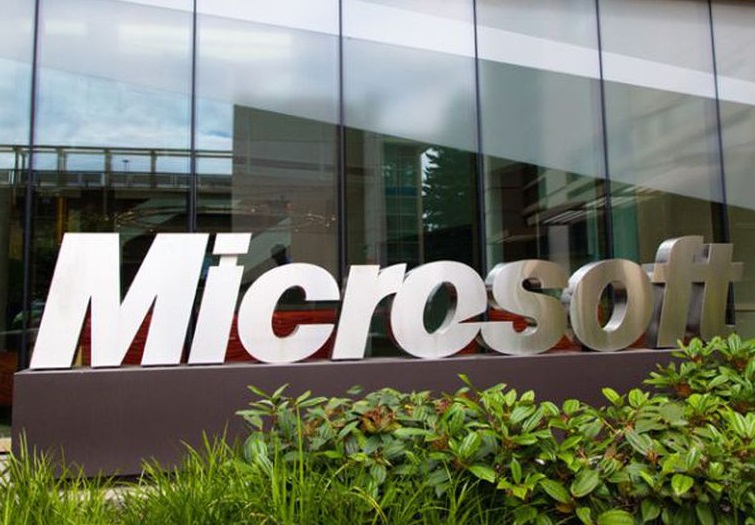These Microsoft veterans are on their way out

Late summer/early Fall -- just after Microsoft's latest annual review time has ended -- is often a time when employees come and go.

This year, a handful of Microsoft veteran employees are retiring and/or moving on. Over the past couple of weeks, here's who has left or is in the midst of leaving the company:
Bill Laing: Laing joined Microsoft in 1999 as an architect for Windows 2000 Datacenter from Digital Equipment Corp. (DEC). He rose through the Windows Server ranks to ultimately become a Corporate Vice President. Most recently, he was working on helping build Microsoft's internal server hardware.
Iain McDonald, General Manager of Engineering and Business Operations at Skype, recently wrote a fitting tribute to Laing. I had the chance to interview Laing a few times over the years, and know he was instrumental in mentoring and promoting a number of women engineers in Windows Server.
Laing is now officially "retired" according to his Linkedin profile.
Bob Kelly: Kelly joined Microsoft in 1996 and ran global marketing and product management for Windows Server, System Center, Security and Private cloud for a number of years. He later became Corporate Vice President of Azure Marketing and for the past three years, was Corporate Vice President of Mergers & Acquisitions Strategy and Business Development for the Cloud and Enterprise Business.
Kelly left Microsoft earlier this month. His Linkedin profile says: "Can't wait to finalize my next phase." It'll be interesting to see what that next phase is.... September 15 is his last day at Microsoft.
Rick Rashid: Rashid is credited as the founder of Microsoft Research (MSR) back in 1991. Between then and 2013, he oversaw worldwide operations for MSR. His titles over the years included Director, Vice President, Senior Vice President and Chief Research Officer. Before joining Microsoft, Rashid was a computer science professor at Carnegie Mellon University.
In 2013, Rashid left MSR and into a new role "driving core OS innovation in our operating system group." (Rashid is known, among other things, for his work on the Mach kernel.) Later he moved to the Applications and Services Group to serve as a Chief Technology Officer there.
Rashid retired last week; his retirement party was this past weekend.
Chuck Thacker: Thacker, like the majority of individuals mentioned in this post, came to Microsoft from DEC. He joined the company 18 years ago as part of the newly established Cambridge, UK, Microsoft Research lab. After two years at that lab, Thacker returned to the U.S. to join a newly formed group at Microsoft that initially was working on electronic books. Ultimately, that team became the Microsoft Tablet PC team.
Thacker also was chief designer on Alto, "the first personal computer to use a bit-mapped display and mouse." In 2009, Thacker was awarded the A.M. Turing award for the tablet PC and its "revolutionary stylus."
In more recent years, Thacker was working on field-programmable gate-array (FPGA) technology. He also worked with the Xbox/Kinect teams and on parallel and distributed system management work at Microsoft.
Thacker retired from Microsoft last week, a spokesperson confirmed.
Dave Campbell: Campbell, a 22-year Microsoft veteran, also joined the company from DEC. Campbell is known for his technical strategy work on SQL, especially SQL Services and SQL Server 7.0. He also worked as an architect on the SQL Server Storage Engine team during his time at the company.
In 2013, Campbell became Chief Technology Officer for Microsoft's Server and Tools business, reporting to then-Server-and-Tools President Satya Nadella. He later became one of the Chief Technology Officers of the company's Cloud and Enterprise unit.
A spokesperson confirmed Campbell has left. I am trying to find out when and where he's going next, if that's public.
What's one to make of these departures?
Is it more than just regular churn? Are some of the moves related to the recent Microsoft re-org via which Windows Server engineering has moved from Cloud and Enterprise to Windows and Devices? Are there special stock-vesting perks at play? I don't know, but I do know around this time of year, it's not uncommon to see executive moves. And even when it's your dream job, everyone's got to call it, at some point.